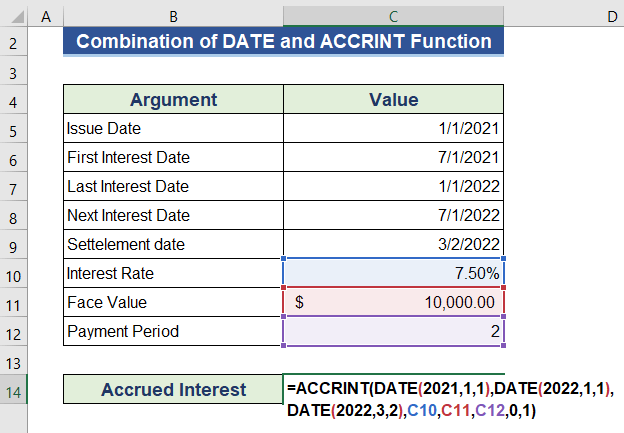
Limit orders to sell can help you save money on commissions for some stocks. Limit orders are useful in volatile markets as they can capture short-term price fluctuations. Limit orders are also useful in conjunction with stop orders to prevent large downside losses.
Limit orders can only be valid for a specified time period, but they may also be valid for many months. Limit orders can only be executed if there is sufficient supply and demand for security and the security has enough liquidity to fulfill the order. Limit orders can be cancelled if the security price falls below the limit. Limit orders can also prevent your broker's execution of your order at an unjustifiable price.
To trade small, illiquid stocks, limit orders are frequently used. Limit orders can also prevent you from missing out on opportunities in volatile markets. Monitoring the market is the best way to make limit orders, especially when a new stock is being introduced in secondary markets.

Limit orders allow you to reduce trading costs by allowing for a bid/ask spread. A broker might buy a stock with a high volume trade volume at a lower rate than what you originally set. Your broker might not be able fill your order if the stock has a high volatility rate.
Limit orders are preferred for executing buy-and-sell transactions. They allow you to control how much money you make and lose. Limit orders can also be used to prevent missing a good investment opportunity. Limit orders are especially useful when you consider buying or selling a stock with volatile prices or when you feel the stock's value is undervalued.
Limit orders are an excellent way to save money when trading inliquid stocks. Limit orders do have some limitations. Limit orders may not always be filled, especially when there are many orders in the queue. Limit orders may also be cancelled if the security's cost is too high or if there aren't any buyers or sellers on the market.
Although limit orders can't be guaranteed to fill, they can be a great way to make sure you get the best price possible for your stock. Limit orders are only executed when the security's market price reaches or exceeds that limit price.

Limit orders are best used when a stock is at its lowest price. Limit orders can be placed indefinitely. If you are not able to wait for the best price, limit orders can be set up to capture any short-term fluctuations in market prices. Limit orders can be used to stop you selling too soon or buying too late.
FAQ
What is a bond?
A bond agreement between two parties where money changes hands for goods and services. It is also known simply as a contract.
A bond is normally written on paper and signed by both the parties. The bond document will include details such as the date, amount due and interest rate.
The bond is used for risks such as the possibility of a business failing or someone breaking a promise.
Sometimes bonds can be used with other types loans like mortgages. The borrower will have to repay the loan and pay any interest.
Bonds are also used to raise money for big projects like building roads, bridges, and hospitals.
A bond becomes due upon maturity. When a bond matures, the owner receives the principal amount and any interest.
Lenders can lose their money if they fail to pay back a bond.
What is the difference between a broker and a financial advisor?
Brokers are individuals who help people and businesses to buy and sell securities and other forms. They handle all paperwork.
Financial advisors are experts in the field of personal finances. Financial advisors use their knowledge to help clients plan and prepare for financial emergencies and reach their financial goals.
Banks, insurers and other institutions can employ financial advisors. They may also work as independent professionals for a fee.
If you want to start a career in the financial services industry, you should consider taking classes in finance, accounting, and marketing. Also, you'll need to learn about different types of investments.
What is a REIT?
An entity called a real estate investment trust (REIT), is one that holds income-producing properties like apartment buildings, shopping centers and office buildings. These companies are publicly traded and pay dividends to shareholders, instead of paying corporate tax.
They are similar to a corporation, except that they only own property rather than manufacturing goods.
What is the difference between stock market and securities market?
The entire list of companies listed on a stock exchange to trade shares is known as the securities market. This includes stocks and bonds, options and futures contracts as well as other financial instruments. Stock markets can be divided into two groups: primary or secondary. Stock markets are divided into two categories: primary and secondary. Secondary stock markets are smaller exchanges where investors trade privately. These include OTC Bulletin Board Over-the-Counter (Pink Sheets) and Nasdaq ShortCap Market.
Stock markets are important as they allow people to trade shares of businesses and buy or sell them. Their value is determined by the price at which shares can be traded. A company issues new shares to the public whenever it goes public. These shares are issued to investors who receive dividends. Dividends are payments that a corporation makes to shareholders.
In addition to providing a place for buyers and sellers, stock markets also serve as a tool for corporate governance. Boards of directors, elected by shareholders, oversee the management. Boards ensure that managers use ethical business practices. In the event that a board fails to carry out this function, government may intervene and replace the board.
Statistics
- Even if you find talent for trading stocks, allocating more than 10% of your portfolio to an individual stock can expose your savings to too much volatility. (nerdwallet.com)
- Our focus on Main Street investors reflects the fact that American households own $38 trillion worth of equities, more than 59 percent of the U.S. equity market either directly or indirectly through mutual funds, retirement accounts, and other investments. (sec.gov)
- "If all of your money's in one stock, you could potentially lose 50% of it overnight," Moore says. (nerdwallet.com)
- Ratchet down that 10% if you don't yet have a healthy emergency fund and 10% to 15% of your income funneled into a retirement savings account. (nerdwallet.com)
External Links
How To
How to make a trading plan
A trading plan helps you manage your money effectively. It helps you identify your financial goals and how much you have.
Before setting up a trading plan, you should consider what you want to achieve. You might want to save money, earn income, or spend less. If you're saving money, you might decide to invest in shares or bonds. If you are earning interest, you might put some in a savings or buy a property. If you are looking to spend less, you might be tempted to take a vacation or purchase something for yourself.
Once you know your financial goals, you will need to figure out how much you can afford to start. This depends on where your home is and whether you have loans or other debts. You also need to consider how much you earn every month (or week). Your income is the amount you earn after taxes.
Next, save enough money for your expenses. These include rent, food and travel costs. Your monthly spending includes all these items.
You'll also need to determine how much you still have at the end the month. This is your net disposable income.
You're now able to determine how to spend your money the most efficiently.
You can download one from the internet to get started with a basic trading plan. Ask someone with experience in investing for help.
Here's an example.
This is a summary of all your income so far. Notice that it includes your current bank balance and investment portfolio.
Here's an additional example. This one was designed by a financial planner.
It will let you know how to calculate how much risk to take.
Do not try to predict the future. Instead, focus on using your money wisely today.